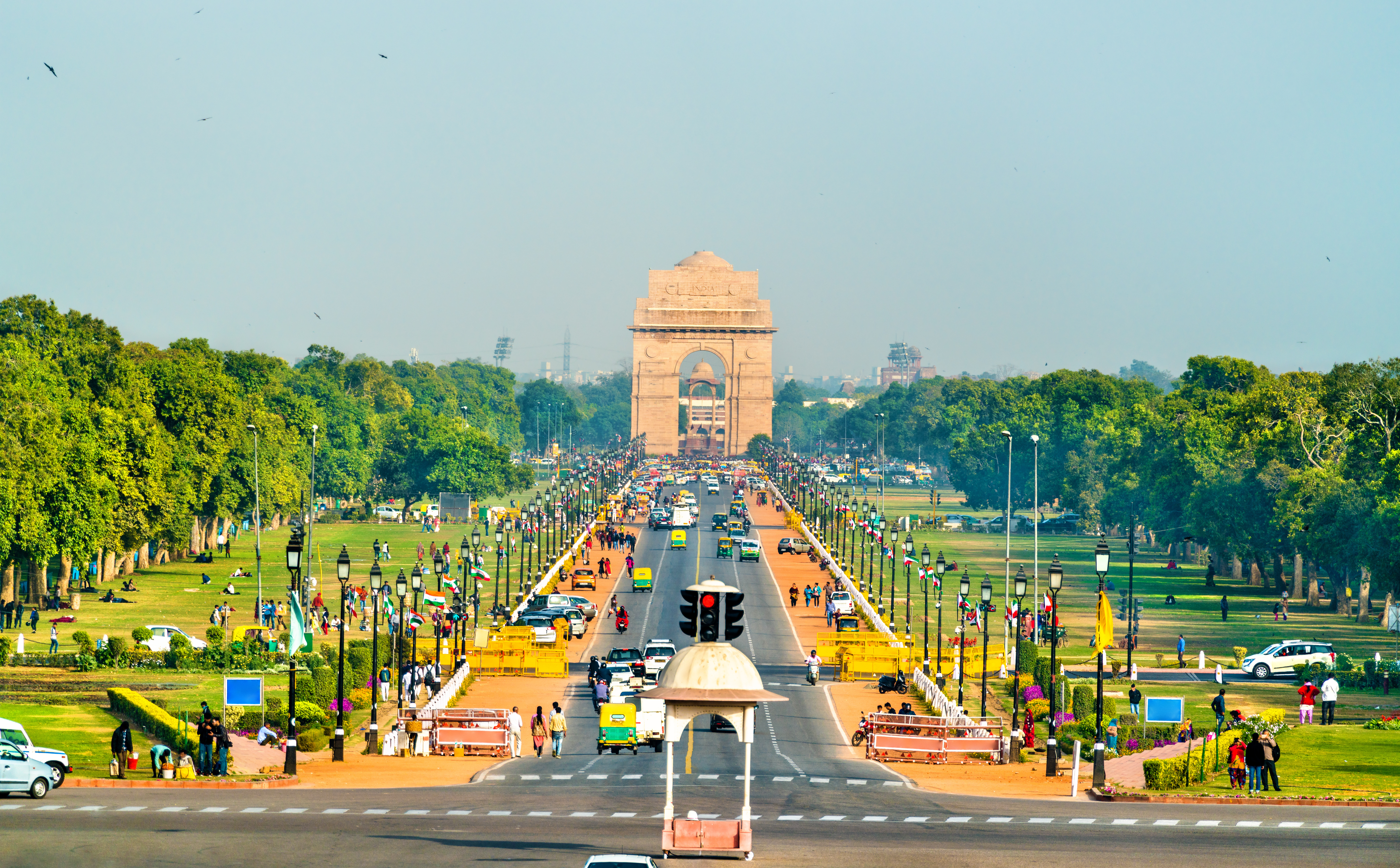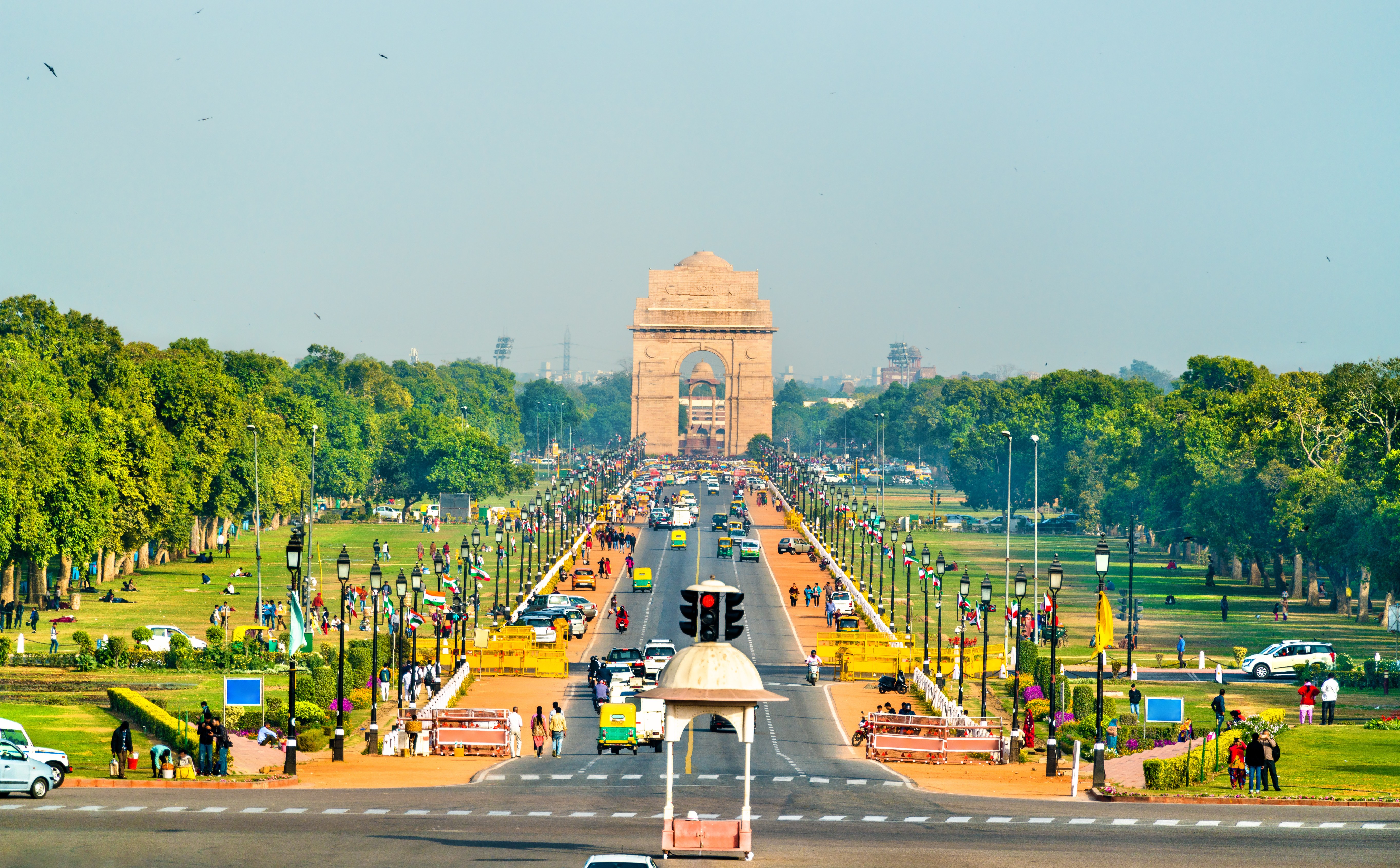The Power of Dreams…India is refashioning it’s future as an Economic Powerhouse

Every man (every woman too) should have a dream… it’s good to dream: and for me, at the moment, just in case you’re wondering, that means a lengthy spell on a Goan beach, interrupted only by breathless news that Donald Trump has lost the power of speech. That would do me a power of good, but much (much) higher up the food chain, Narendra Modi also has a dream, and apparently, for him, it means reshaping New Delhi’s iconic Central Vista: creating a new Parliament Building with built-in room for expansion (because, as we all know, you can’t have too many MPs); also new North and South Block museums on the Kartavya Path; an enormous new Central Secretariat Building (housing all of the Subcontinent’s Ministries under one roof); a shiny new official residence for the Vice- President, and, of course (it’s his dream after all), a new residence for Mr Modi as well.
The ambitious project will take six years to complete, and work finally began last week with a budget of $1.7 Billion…in other words, $567,000 for every metre of the three-kilometre Kartavya Path (the spiritual centre of the programme). That’s some dream, and some budget too…but, as it happens, it’s also money well spent: not just because Mr Modi is prone to dreaming big, but also because, seventy-five years after independence, it’s about time India’s Capital started to overwrite some of the more
obvious fingerprints of its colonial past.
Mughal Manque
In 1912, New Delhi was chosen (by the British, of course) to replace Calcutta as the Subcontinent’s seat of imperial power. Still, it never occurred to anyone to appoint an Indian architect for the project. No, the job of building a new megalopolis in what was to become New Delhi was given to a couple of top-hatted Englishmen: albeit rather distinguished ones…Sir Edwin Lutyens and Herbert Baker. And, to be fair to them, they made a good fist of doing it: creating what has since become known as the Delhi Order and, in the process, some of the most beautiful buildings in the world…
But there’s still no escaping the fact that the only thing remotely Indian about that distinguished cluster of buildings is that they were built in India (probably using cheap Indian labour)…and in the years since the British folded their tents and left, the Delhi Order itself has come increasingly to look like a pastiche: a sort of Mughal Manque…It’s as if the Palace of Westminster had been rebuilt by an American Architect in the Nineteenth Century as a vision of a Norman Castle (imagine a Victorian Walt Disney, and you’ll get the idea). Of course, in Victorian England, that could never have happened: because the clubbable chaps in spats and hats wouldn’t have let it happen…unlike poor old India in 1912, which never really had any choice, so it was Lutyens and Baker or nothing.
And the fact Lutyens held and published views about the Subcontinent’s population that were (on any basis, even by the appallingly low standards of his own time) breathtakingly racist…well, that never even came into it at all.
So then, seventy-five years on from independence and virtually a hundred years since New Delhi was getting the full Lutyens treatment, it is high time India did do something uniquely Indian to make its own distinctive mark on its Capital, and that is precisely what Narendra Mod is doing… so three cheers for him.
And there’s more too…
When a statesman of genuine vision decides to dream big (think Kennedy and the Apollo Space Programme), the economic and social consequences of that dream can have far wider ramifications than the project itself: it can be game-changing. So, what in New Delhi might (out of context) look like a vanity project, is, in fact, a beacon of ambition for the vast number of construction projects currently underway on the Subcontinent. Last year alone, and despite the ravages of COVID lockdowns, more than 70,000 new affordable homes were built in the Mumbai Metropolitan Region, in contrast with just 340 in London over the same period. That’s what the power of dreams can achieve…
Executive Overview
The major development programme now underway on the Kartavya Path speaks volumes for the scale of the Subcontinent’s ambition … there couldn’t be a better expression of its cultural uniqueness and emerging position as an economic powerhouse. Three cheers then for Narendra Modi…



